Finish Architectural Knowledge Base
What Is Custom Metal Fabrication? – Custom Metal Fabrication Explained
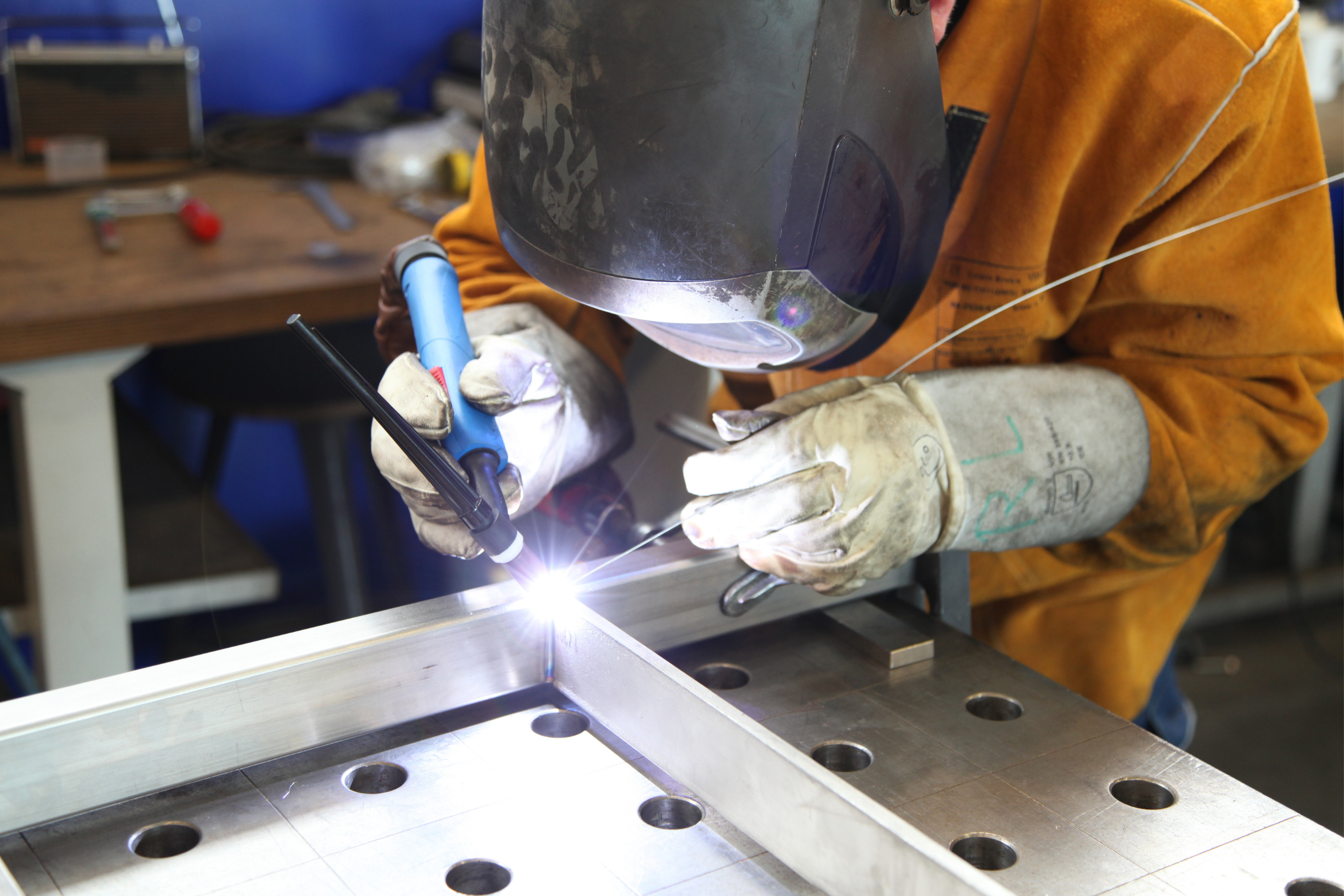
Custom metal fabrication is the art of shaping, cutting, and assembling metals to create bespoke, high-quality items. This process offers unparalleled flexibility in design and material selection, ensuring each product precisely aligns with specific requirements.
Essential services in custom fabrication, such as precision cutting, bending, and welding, are key to crafting superior metal parts.
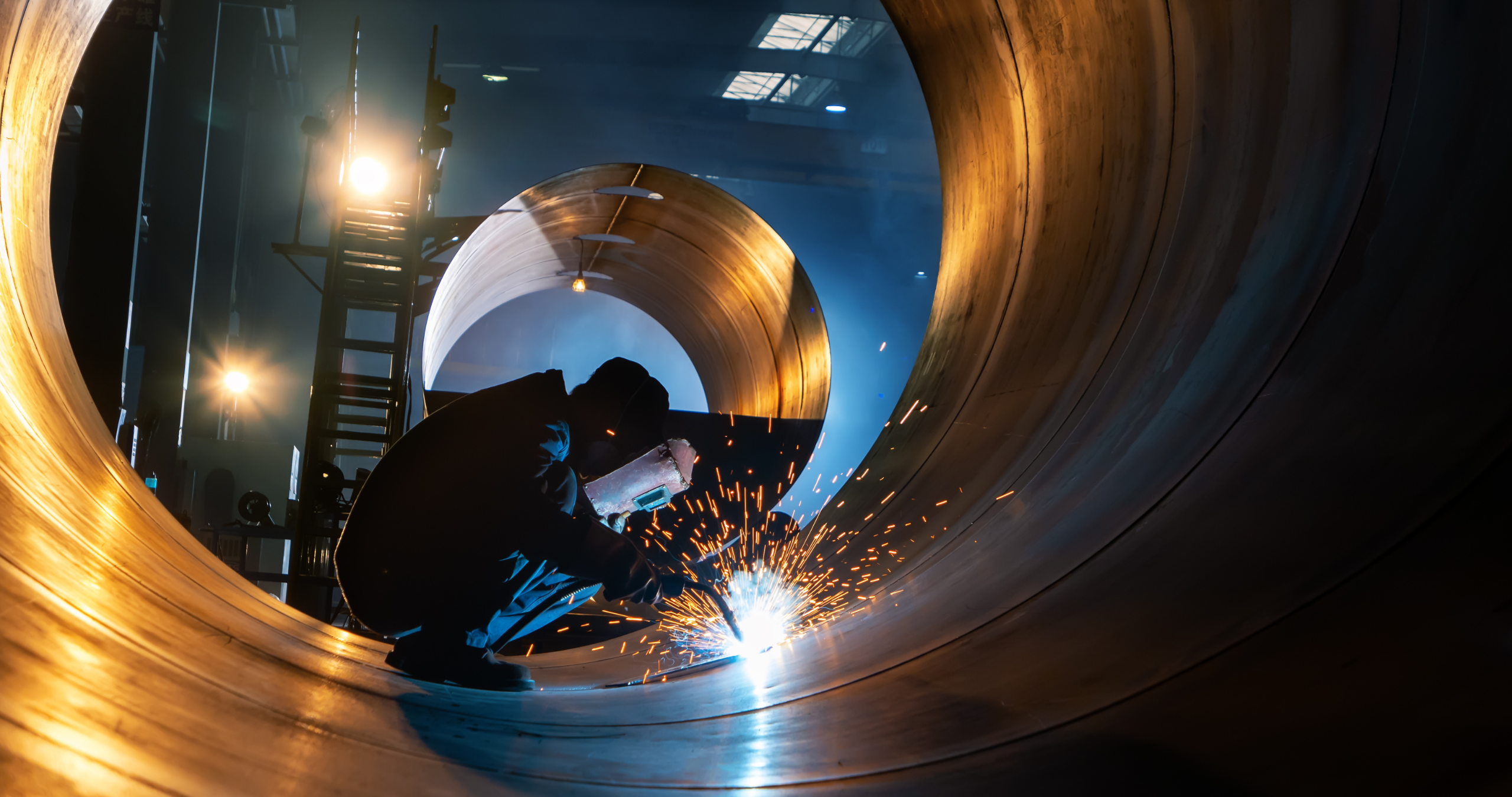
Further Defining Custom Metal Fabrication
To deepen our understanding of custom metal fabrication, let's explore how this process uniquely addresses specific customer needs.
Custom fabrication is not a one-size-fits-all solution; it's tailored to individual requirements, varying in size, shape, and design.
The Custom Metal Fabrication Process
Let's take a step-by-step journey through the custom metal fabrication process. Understanding the various stages involved in fabricating metal products will give you insight into the intricacies of this specialised field.
From design and prototyping to fabrication and metal finishing, each step plays a crucial role in creating high-quality custom metal products.
The Initial Concept and Design Phase

The journey begins with the initial concept and design phase, the cornerstone of custom metal fabrication. This critical stage involves a collaborative effort with customers to understand their vision and craft a design that meets their exact goals.
The initial concept and design phase of the fabrication process is the stage where you can input your design specifications and collaborate with skilled design and New Product Introduction (NPI) teams.
This phase is pivotal as it shapes the economic efficiency and optimal manufacturing approach for your project. Teams of dedicated and skilled designers, proficient in Computer-Aided Design (CAD), collaborate closely to develop a high-specification final product. After the design is perfected, it undergoes a translation into a machine-readable format, preparing it for the production stage.
Prototyping: Bridging Design and Production
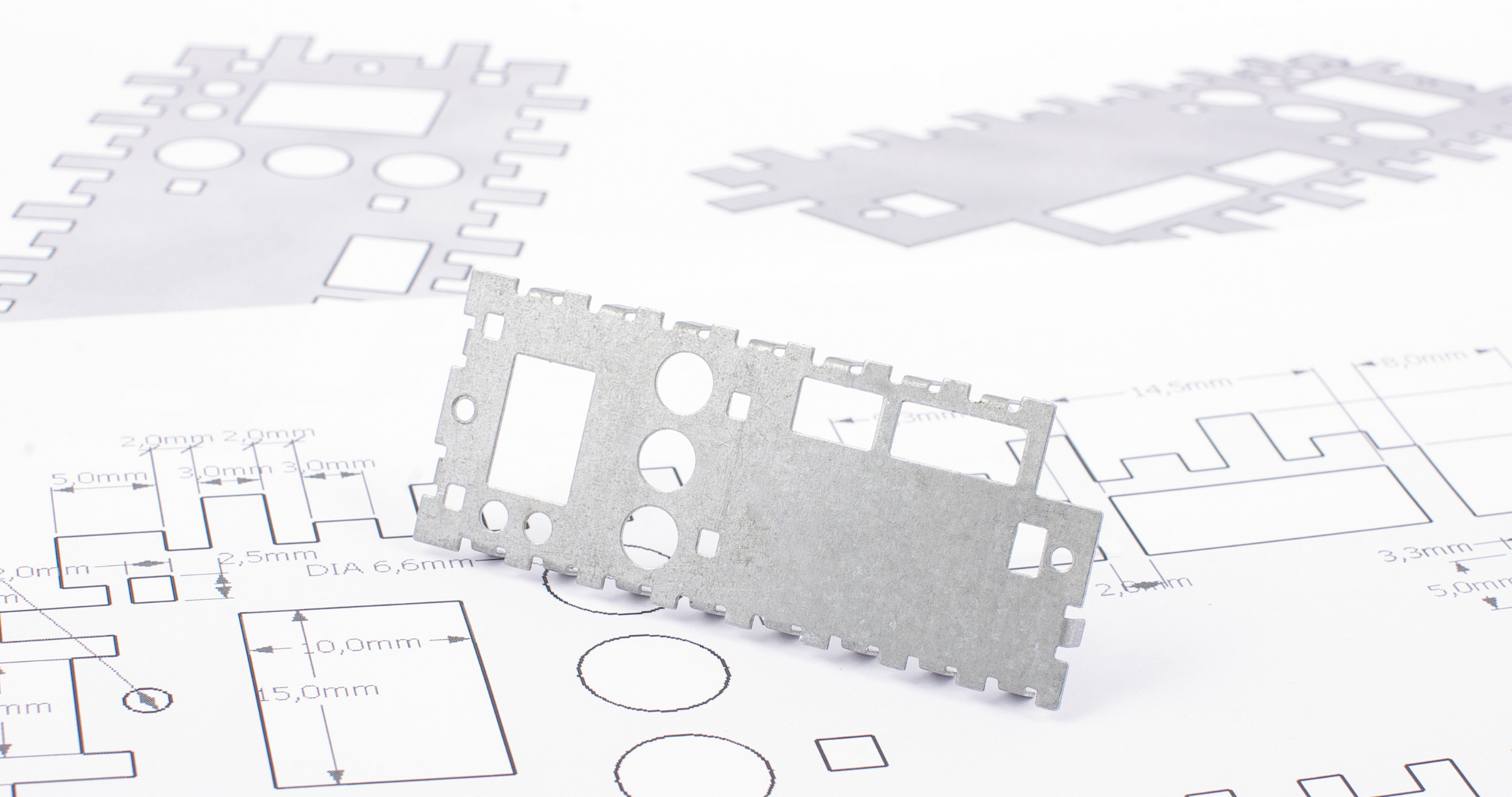
Prototyping is the vital link between design and production in metal fabrication. This stage involves crafting a model or sample of the final product, setting the stage for mass production.
Prototyping allows designers and engineers to test and develop the product, ensuring its fit, functionality, and quality. It also helps in fixing errors, making necessary adjustments, and transitioning to actual production smoothly. Metal prototypes can be made using various manufacturing techniques and materials chosen based on functionality and aesthetics.
Cutting, Bending, and Forming
Let's delve into the cutting-edge techniques of cutting, bending, and forming in custom metal fabrication. Precision cutting, a key step, employs advanced technology for accurate and clean results.
Bending and forming play a vital role in shaping the metal into the desired dimensions and angles. While, welding and assembly techniques are also important in ensuring the strength, durability, and seamless integration of bespoke metal products.
What does Precision Cutting Involve and Why is it Important?
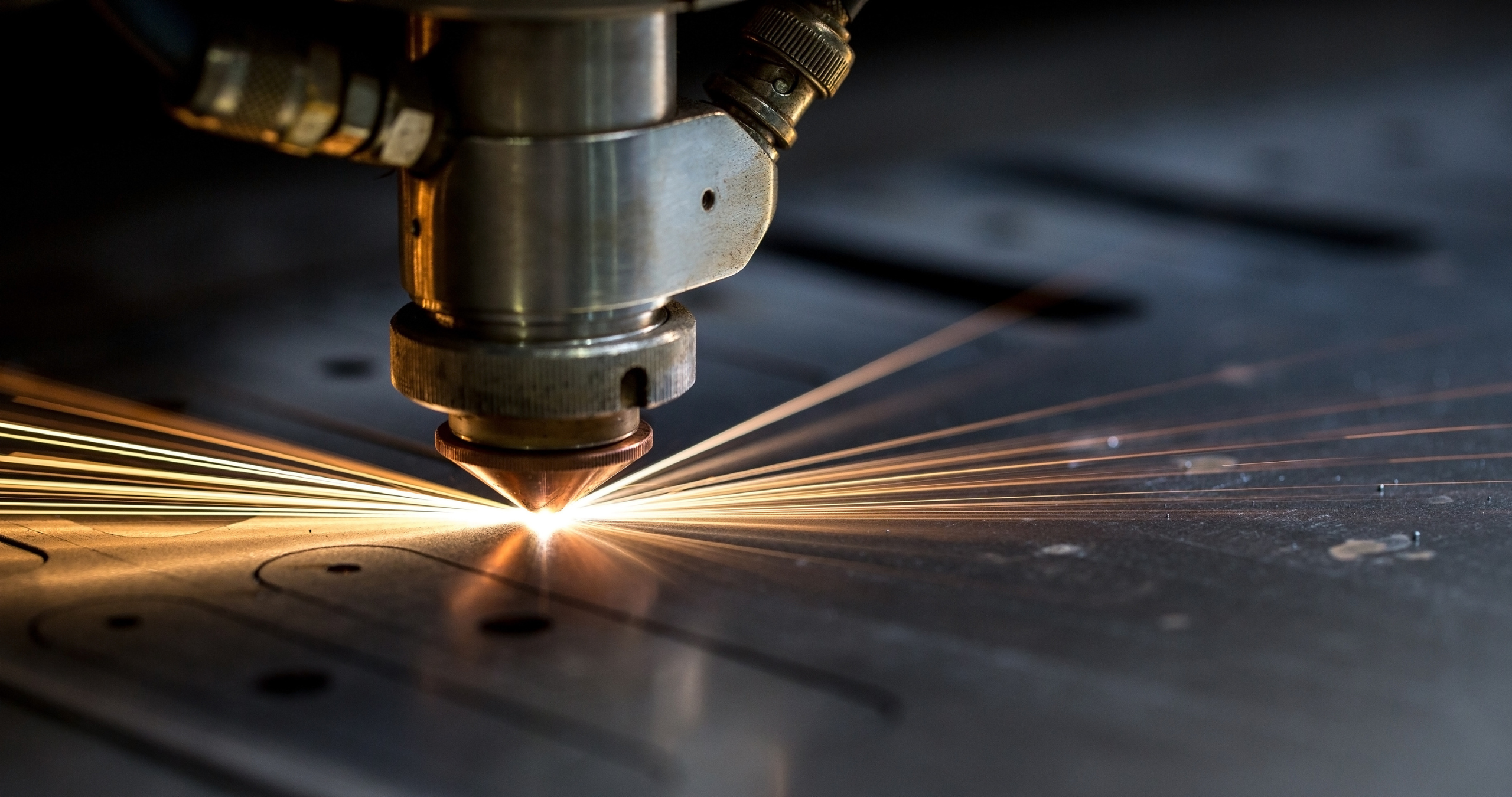
Precision cutting, a cornerstone of custom metal fabrication, involves accurately shaping sheet metal components with advanced techniques and equipment.
It is important because it ensures that the final product meets the required specifications and has a high level of accuracy and consistency. Precision cutting techniques include laser cutting, waterjet cutting, and plasma cutting, which allow for intricate designs and complex shapes to be achieved with minimal material wastage. These cutting-edge techniques contribute to the efficiency and quality of the fabrication process.
Bending and Forming: Shaping the Metal
Bending and forming are essential in custom metal fabrication, enabling the creation of metal parts in diverse shapes and sizes. These processes involve using machines like press brakes and panel benders to shape the metal sheets.
By clamping the sheet between a die and a punch, or using bending blades, the metal is bent to achieve the desired shape. Bending and forming are important because they help transform raw materials into functional and aesthetically pleasing metal components.
The Intricacies of Welding and Assembly
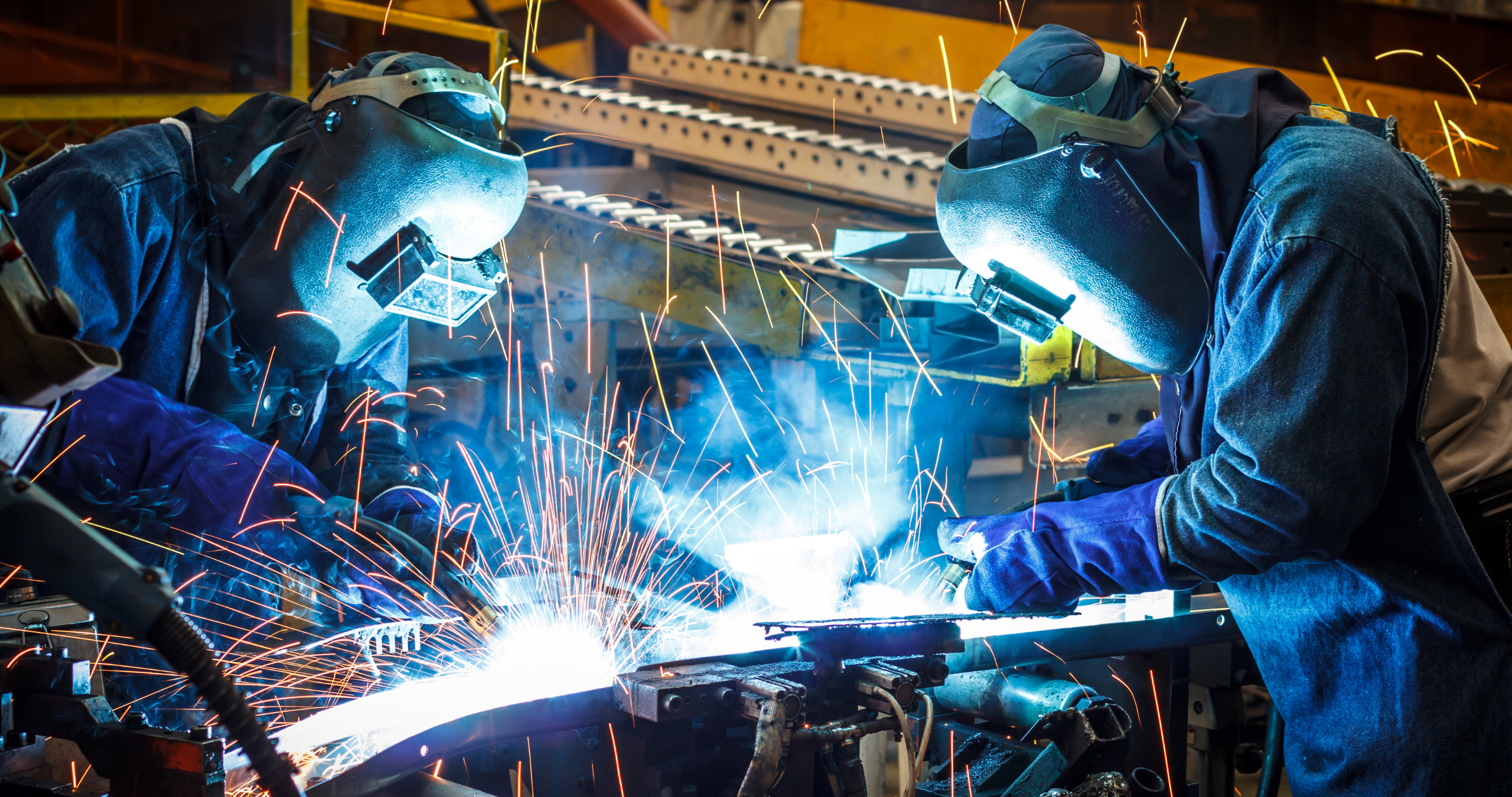
Metal assembly, a critical phase in custom metal fabrication, involves accurately joining pre-made components to form the finished product. This method offers advantages such as reduced production time and material wastage.
It also allows for greater flexibility in product design and can help lower labour costs. The metal assembly utilizes cutting-edge techniques like welding to ensure strong and durable connections between components. It is an important step that contributes to the overall quality and functionality of the final product.
Welding Techniques: Ensuring Strength and Durability
Cutting-edge welding techniques are key to ensuring the strength and durability of bespoke metal products, creating robust connections between components. Welded assemblies join metal components through heat and pressure, creating complex and robust structures.
Different welding processes, such as TIG welding, MIG welding, and spot welding, have specific applications and vary in control and efficiency. Efficient welding requires advanced equipment and techniques, including pulse welding, laser welding, and resistance welding. These techniques contribute to the strength and longevity of bespoke metal products.
Assembly: Piecing Together the Components
During assembly, cutting-edge techniques in cutting, bending, and forming are employed to precisely piece together the components. These techniques ensure precise and accurate construction of the final product.
Advanced cutting methods, such as laser cutting and waterjet cutting, allow for clean and precise cuts on various types of metals. Bending techniques, such as press brakes and roll forming, enable the creation of complex shapes and angles. Forming techniques, such as stamping and deep drawing, shape the metal into the desired form. These cutting-edge techniques contribute to the overall quality and functionality of the fabricated metal components.
Finishing Techniques Used in Metal Fabrication
In metal fabrication, a range of finishing techniques enhance the durability, appearance, and functionality of metal products. Plating is a common technique that involves coating the substrate with thin layers of metal like zinc or chromium.
Surface cleaning and preparation are essential for removing imperfections and oil residue before plating or coating. Polishing and finishing methods such as buffing and honing reduce surface roughness, while coating finishes like anodizing and powder coating provide protective layers and enhance the metal's properties.
What Advanced Surface Treatments and Coatings Used in Custom Metal Fabrication and Why They Are Used?
Advanced surface treatments and coatings play a crucial role in custom metal fabrication, enhancing the functionality, durability, and aesthetics of components. These treatments and coatings provide additional protection against corrosion, wear, and environmental factors.
They can also improve the surface finish, making the components more visually appealing. Commonly used advanced surface treatments and coatings include electroplating, galvanizing, anodizing, and powder coating. These techniques ensure that the fabricated metal components meet the desired performance standards and withstand the challenges of their intended applications.
What Custom Metal Fabricators Do to Ensure Quality: The Final Check
Custom metal fabricators ensure quality by conducting a thorough final check of the fabricated components. This involves a thorough inspection of the parts to ensure they meet the required specifications and standards.
The fabricators check for any defects, such as cracks, dents, or imperfections in the surface finish. They also verify the dimensions and measurements to ensure accuracy. This final check is crucial in ensuring that the fabricated components are of high quality and ready for use.
The Advantages of Custom Metal Fabrication
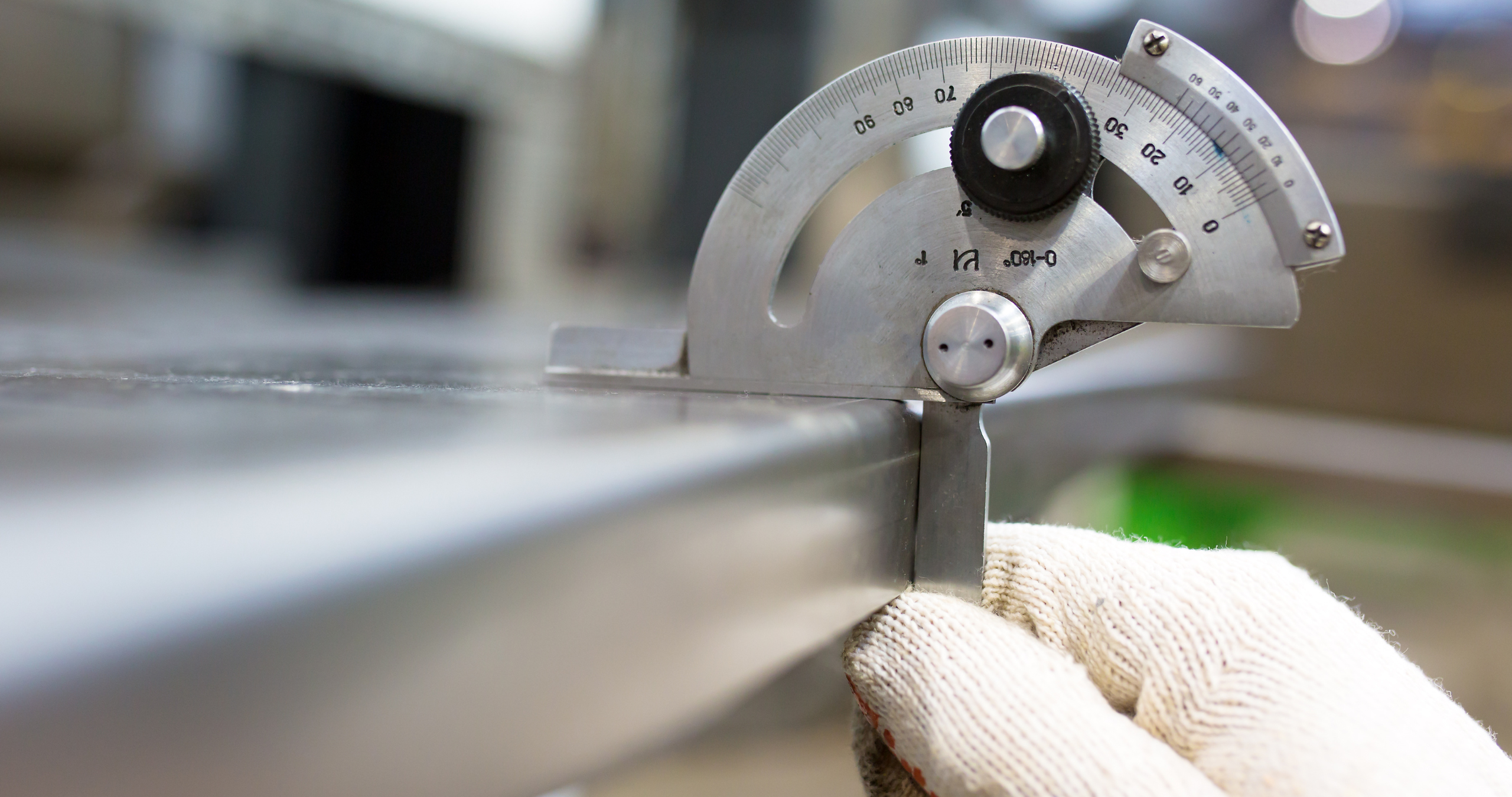
Custom metal fabrication provides significant, industry-specific benefits. It provides specific design, material, and functionality options, ensuring a cost-effective and efficient project outcome.
The benefits of custom metal fabrication will be explored further in the section below.
Custom Solutions for Diverse Industry Needs
Custom metal fabrication offers adaptable solutions tailored to your specific business needs. Unlike mass-produced metal products, custom fabricators can create parts that are optimized for your specific hardware.
This ensures compatibility and enhances performance. With custom metal fabrication, you can cater to varied customer needs and have confidence in the quality and functionality of your products.
You’ll Receive a Product That Meets Your Exact Requirements
Custom metal fabrication ensures your product precisely meets your requirements. Providing you with numerous advantages. One of them is that you will have the freedom to choose the metal, design, and final look of your metal part.
The experts will then customize the parts according to your preferences, allowing for uniqueness in your work. You can also discuss your project details with the professionals to receive professional advice.
It is Cost-Effective and Efficient
Custom metal fabrication offers multiple advantages, including cost-effectiveness and efficiency in producing metal parts. By visiting metal fabrication companies yourself, you can save on production costs. These fabricators often have excellent relationships with metal providers and manufacturers, allowing them to secure good deals on custom materials.
This means you can purchase top-quality materials at competitive prices. Additionally, by customising your metal parts, you can ensure that you only pay for the features and specifications that you need, resulting in cost savings.
Technological Innovations That Have Occurred in Metal Fabrication
Next, we'll explore the technological innovations significantly reshaping key metal fabrication processes.
Embracing Robotics and Automation
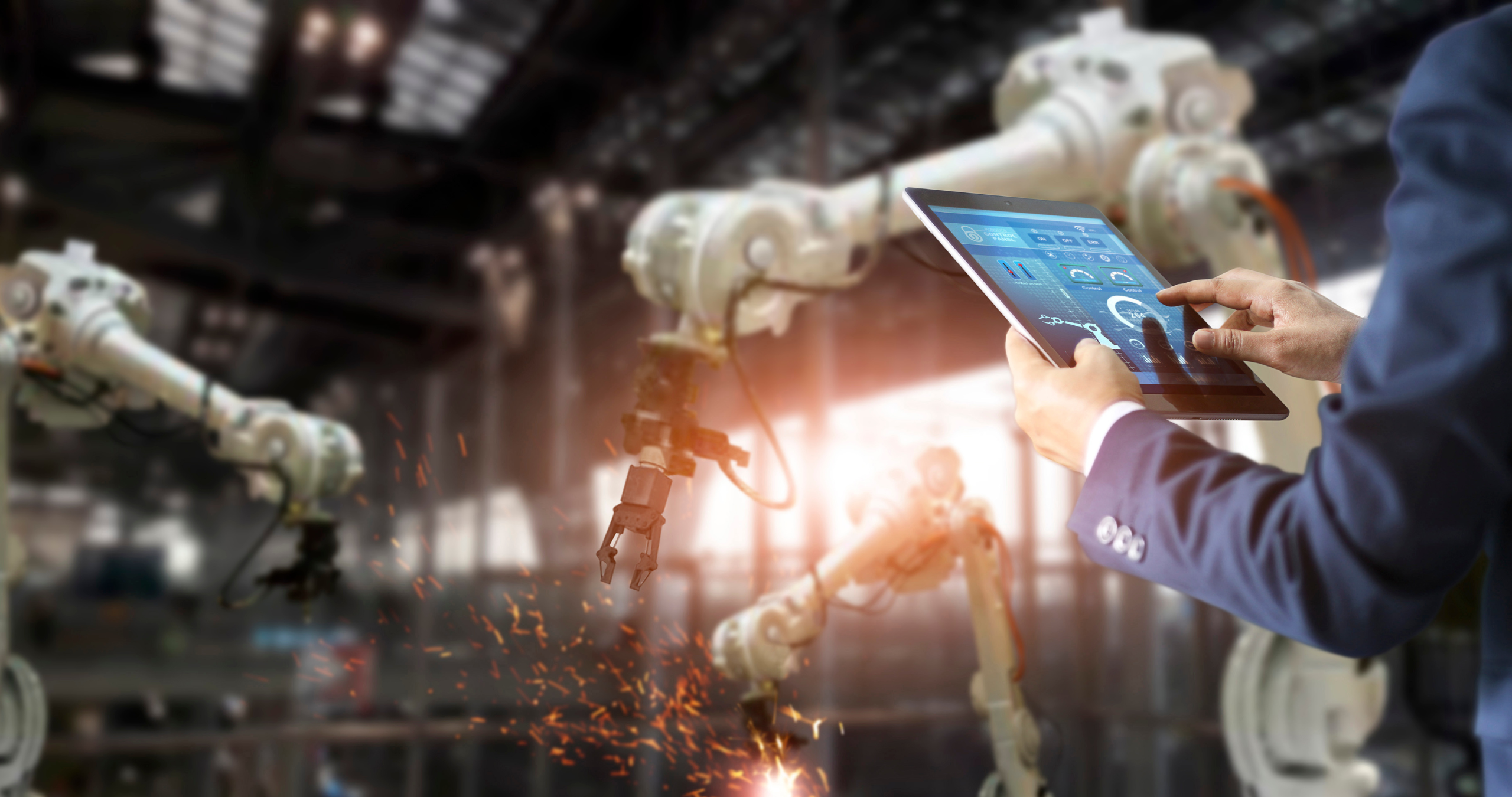
The metal fabrication industry has eagerly embraced robotics and automation, revolutionising the way tasks are performed and enhancing efficiency and safety. Metal fabrication shops now utilise stationary robots and cobots (collaborative robots) for assisted fabrication processes.
Automation equipment like robotic total stations, CNC-driven devices, and multi-access cutting and milling machines have advanced the industry by allowing for more precise measurements, cuts bends, and installation tolerances.
This technology reduces human intervention, improves safety, cuts costs, reduces waste, and enables unique metal designs that were previously too expensive or impossible to achieve.
3D Printing and Laser Cutting
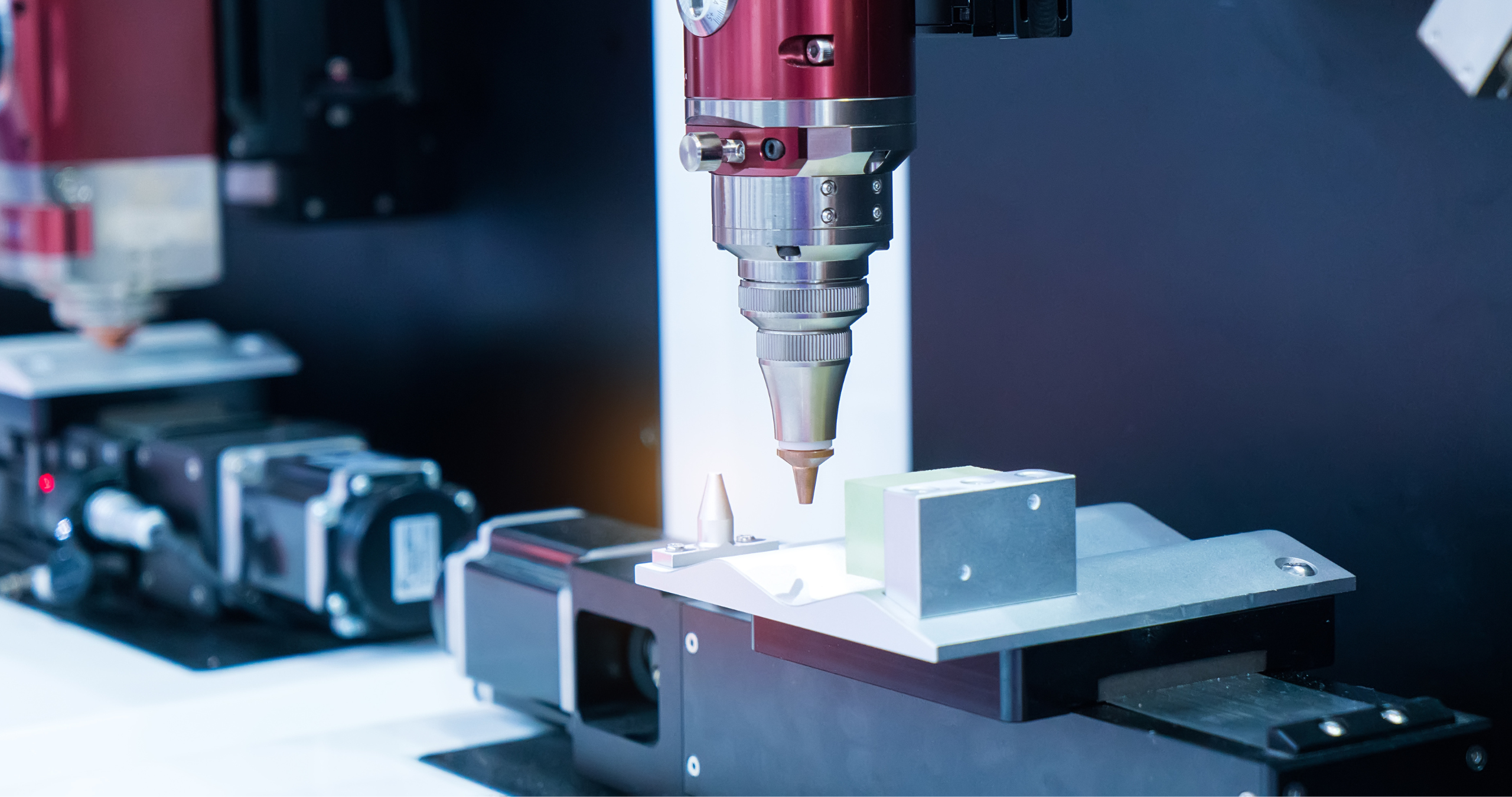
A notable advancement in metal fabrication is the integration of 3D printing and laser cutting. 3D printing, also known as additive manufacturing, allows for the creation of complex geometries and custom parts with high precision.
Techniques like metal powder bed fusion offer minimal waste and the ability to reuse unused material. Laser cutting, on the other hand, is indispensable for achieving precise and intricate shapes. These advancements in technology have revolutionized the metal fabrication industry.
Diverse Applications of Custom Metal Fabrication Across Different Industries
Let's explore the diverse applications of custom metal fabrication across various industries
Custom Metal Fabrication in Construction and Automotive
In the construction, aerospace and automotive industries, custom metal fabrication is vital for creating unique, high-quality metal components.
In construction, it is used to create architectural features like facades, cladding systems, and roofing materials, as well as structural components such as beams and columns.
While, In the automotive industry custom metal fabrication is also used to manufacture various parts and components, including body panels, frames, and exhaust systems.
This ensures both industries can achieve desired designs and ensure long-term performance against weathering and corrosion.
Selecting the Right Fabrication Partner
This section will outline key factors to consider when choosing a fabrication partner. Understanding these key elements is crucial in ensuring that your project aligns with a service that meets your specific needs and expectations.
The Importance of Expertise and Advanced Capabilities
Selecting the right fabrication partner requires prioritizing expertise and advanced capabilities. You need a partner who has the knowledge and experience to handle your unique project requirements.
Look for a fabrication company that has a skilled and experienced team of technicians who can address any challenges that may arise. Advanced capabilities, such as CNC machines for precise fabrication, are also important to ensure the highest quality of workmanship.
How to Navigate the Metal Fabrication Industry
Navigating the metal fabrication industry involves understanding commonly used jargon in the industry.
Understanding terms such as CNC machines, metal finishing, and fabrication processes will help you communicate effectively with potential partners or suppliers.
Additionally, prioritizing safety is crucial in this industry, so familiarise yourself with health and safety practices to ensure a secure working environment.
Decoding Metal Fabrication Jargon: Common Terms Explained
Understanding common terms is essential for effectively navigating the metal fabrication industry.
Here are some key terms that you need to know:
- Base metal refers to the original metal being fabricated
- Filler material is what is used to bond pieces together in welding.
- Slug refers to metal waste.
- Tolerance is the allowable deviation from the original dimensions
- CAD is computer-aided design software
- QDP provides detailed reports on materials and processes used in a project.
Get in Touch for Your Custom Metal Fabrication Needs
For Bespoke Metal Fabrication Services, Finish Architectural is your expert in Birmingham. Specialising in custom solutions, we're dedicated to meeting your unique fabrication requirements. Our team combines expertise and experience to bring your vision to life.
At Finish Architectural, we collaborate with you at every step – from initial design to the final stages of fabrication – ensuring meticulous attention to detail and delivering high-quality architectural fabrications. Connect with us today to transform your ideas into reality.
Need more information?
To see how Finish Architectural could support your metal fabrication project - simply call us, or use the form below.